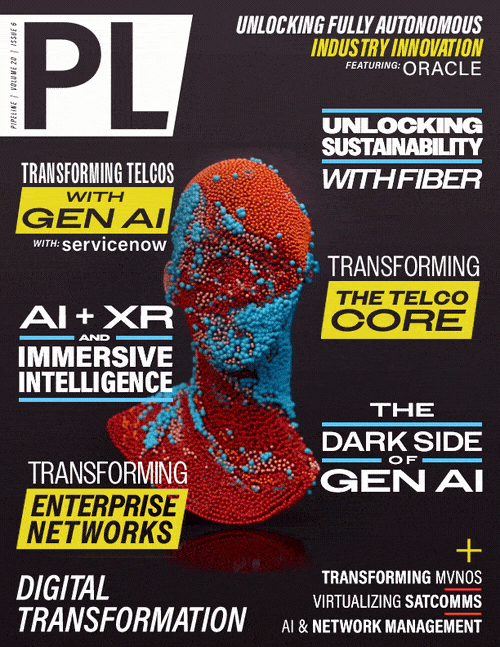The Role of the Network in
Digital Transformation
Uptime and Resiliency of the Cloud Environment – Because of the distributed nature of public cloud environments, if one data center goes down it doesn’t mean the entire
enterprise operation goes down. All public cloud environments are designed with multiple redundancies and failovers that prevent costly downtime. The uptime and resiliency of the cloud
environment is unmatched and provides enterprise customers with peace of mind and lets them rely on the cloud operations to correct any problems, unlike owning and managing one’s own data
center.
Management and Support – Managing applications and data housed in one’s data center requires constant supervision. Server maintenance, software upgrades, and security concerns are just a few of the issues that keep IT staff up at night and require internal resources to manage. While the networks traditionally used to access data centers are generally reliable and secure, they are notoriously costly and inflexible. Managed network service providers relieve many of the headaches IT executives have had to deal with over the years.
Budget Concerns and Constraints – A Digital Transformation effort that leverages a public cloud environment is attractive to enterprise CFOs who are concerned about the financial implications of such a large undertaking. However, moving from purchased servers and databases to rented space in a public cloud reduces capital expense and shifts spending to an operating expense model, where budgeting becomes more predictable and manageable but can spin out of control without proper controls and oversight.
All these points are well and good, but how does the network play into all aspects of Digital Transformation, and how should an enterprise understand it? From our point of view, there are three key things to think about when factoring the role of the network into Digital Transformation:
Understanding the Network Drives the Customer Experience – In the end, regardless of how the network fits into the overall Digital Transformation landscape, it is user experience that counts. Most important is to ensure the performance of the network given the unique business applications and processes an enterprise demands, and that the network has a level of predictability for optimal customer experience. Without predictability, or consistency of performance, ensuring the right application experience can be an elusive goal. Enlisting the expertise of a managed network solutions provider in this area can prove invaluable.
Expertise – It is unrealistic to expect an IT department to have the breadth of expertise and knowledge to integrate all of these disparate network operations and security elements. Understanding the infrastructure, security, network management, and private connectivity to the cloud is where a managed network service provider can provide the right kind of help to optimize network services for a particular enterprise’s Digital Transformation needs.
Holistic Support – Again, few IT organizations have the network support that a holistic support model can provide for each element of network infrastructure, security, and traffic management. A topnotch managed network service provider should be able to provide a universal or holistic perspective to each environment to deliver the best services possible.
Digital transformation is high up on the “to do” lists of IT executives everywhere these days. Of course it involves much more than adding bells and whistles. Decision makers should give serious consideration to the foundational role network architecture, operations, and management plays in delivering positive user experience, and to putting a dedicated, highly skilled team on the job to ensure the network supports a smooth and successful transformation.



















